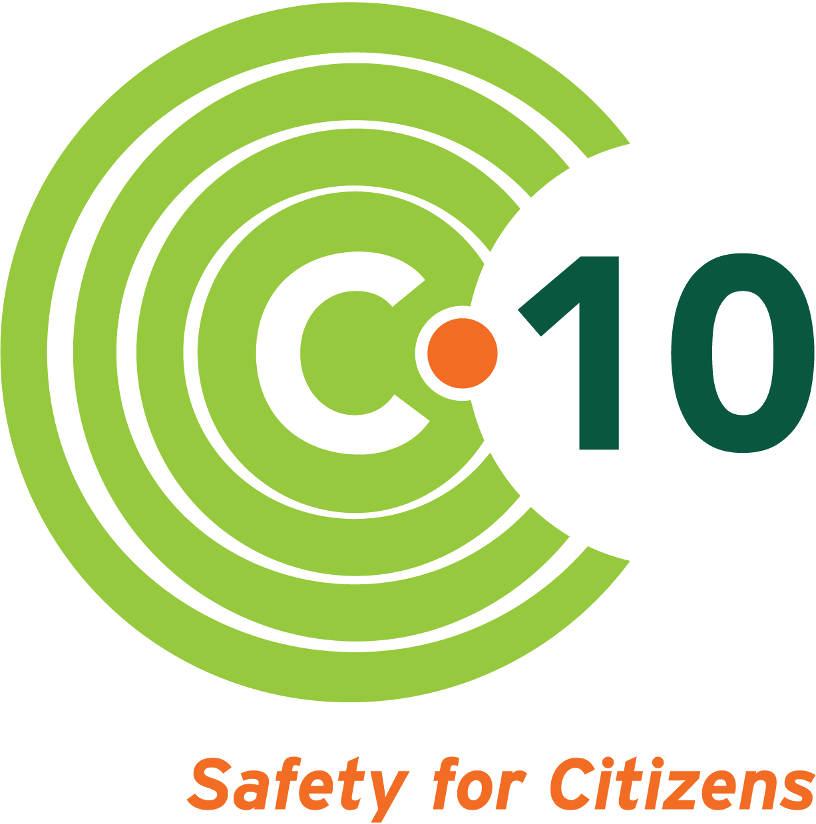In the event of an evacuation, it is important to keep your family safe, including your pets. Leaving them behind will not only stress the animal, but you may not know long before you can when you can reunite. So if you do evacuate, do not leave your pets behind.
The emergency brochures issued by both New Hampshire
& Massachusetts
give instructions on how to plan for your pets.
In New Hampshire, pets and service animals are allowed in Reception Centers.
In Massachusetts, not all shelters are pet friendly, so have a plan for your pets and locate a facility outside of the Emergency Planning Zone that will accept your pet in the event of an evacuation.
Prepare an emergency kit for your pet: collar, leash, 3-day food supply (minimum), bowls, litter box, current photo, and necessary medications. Proof of current rabies vaccination is required for admission into any shelter. Use a pet carrier for each pet to make transport easier.


